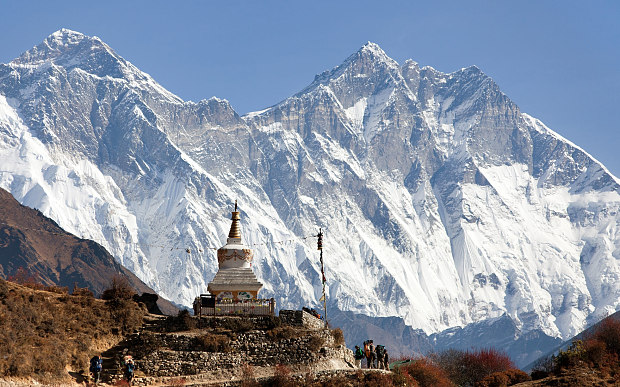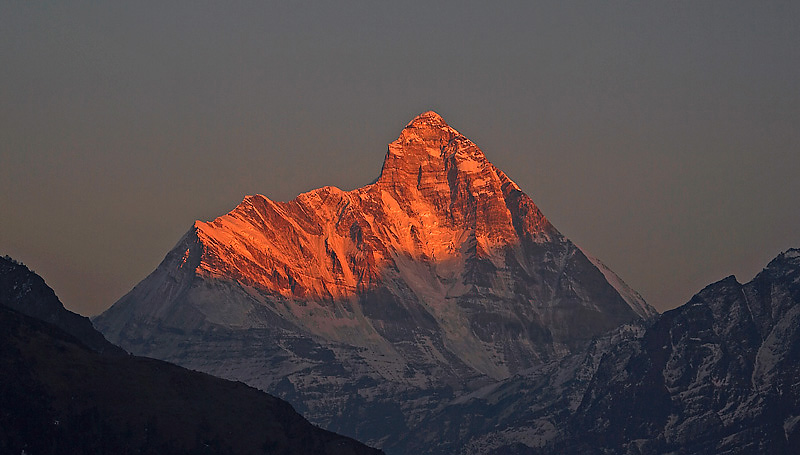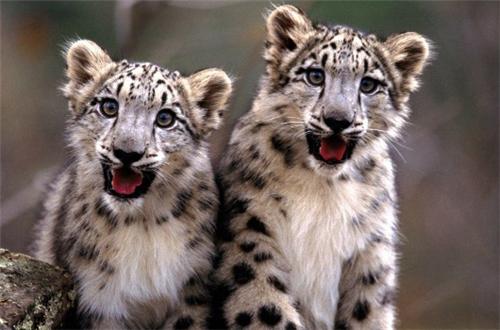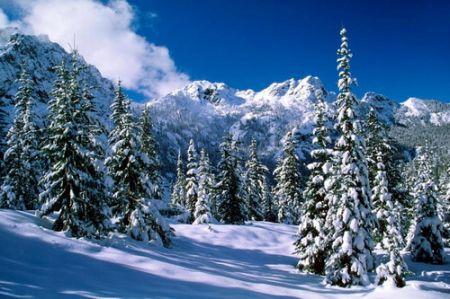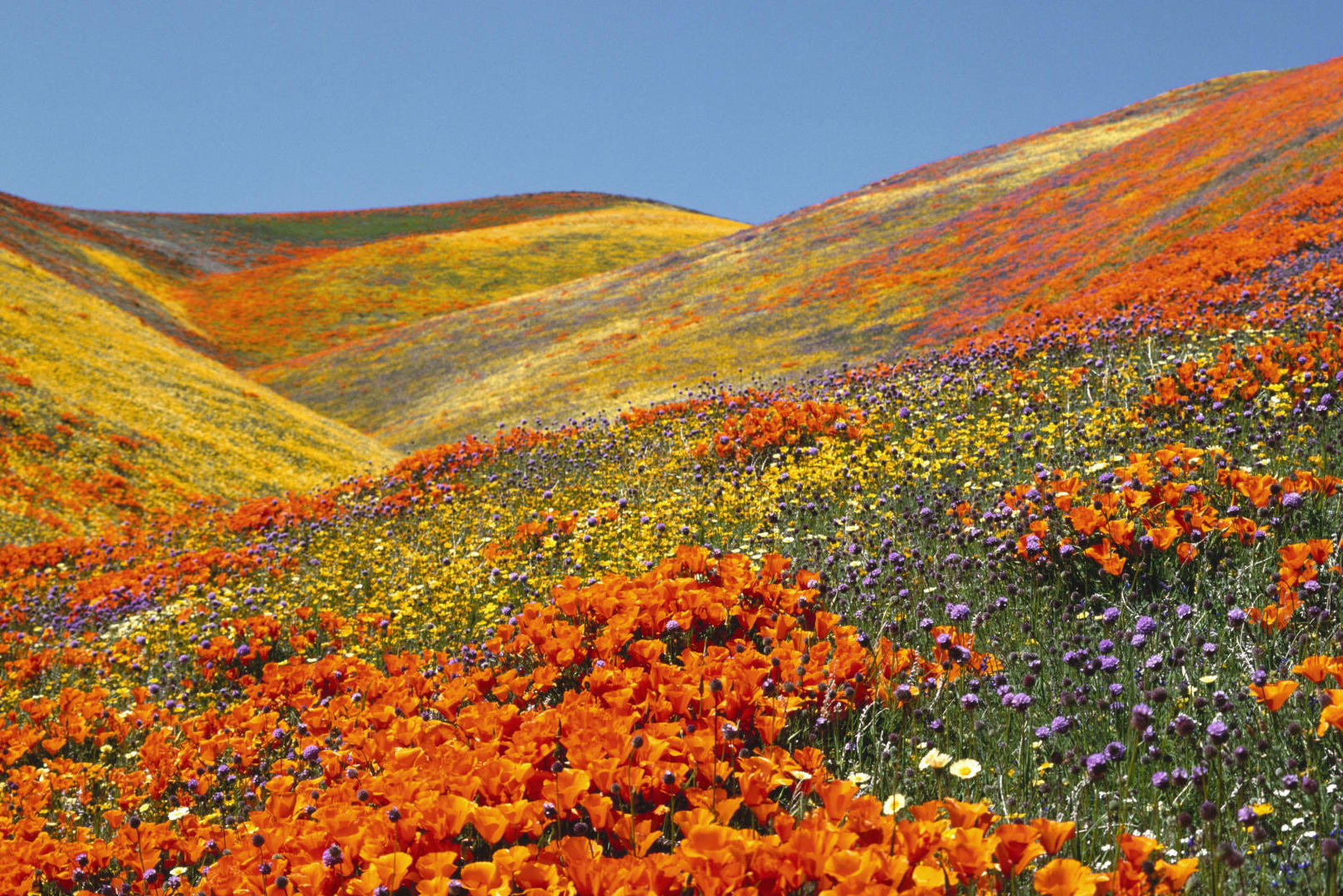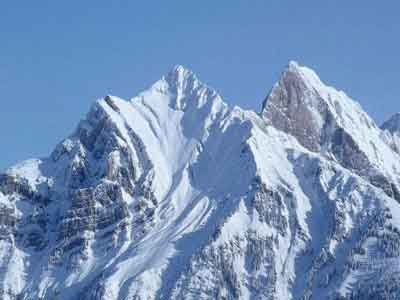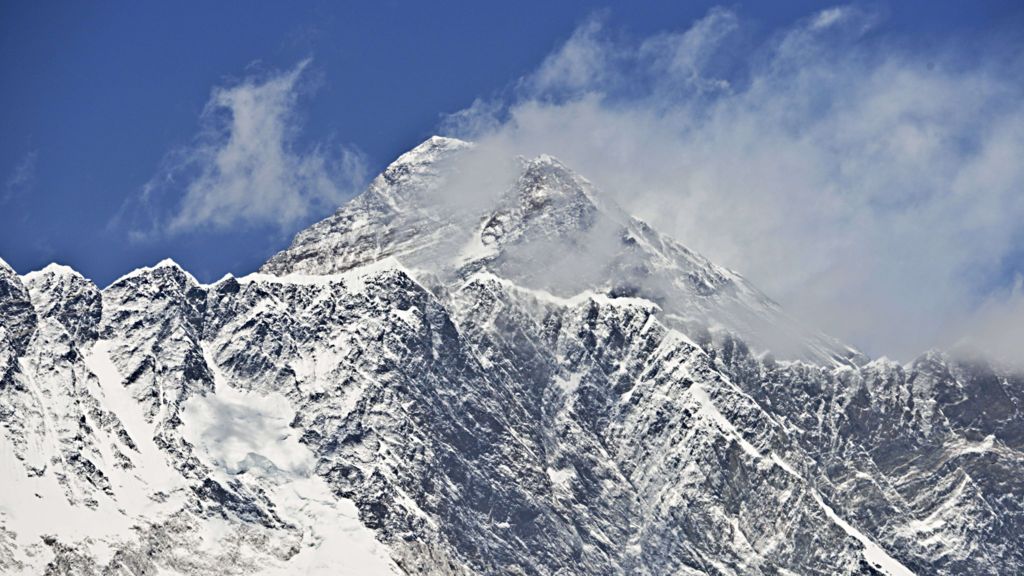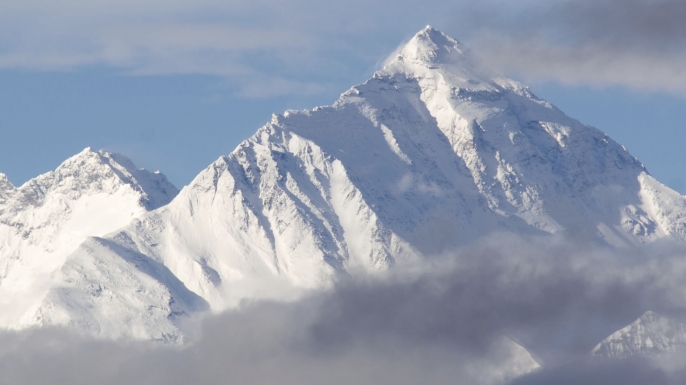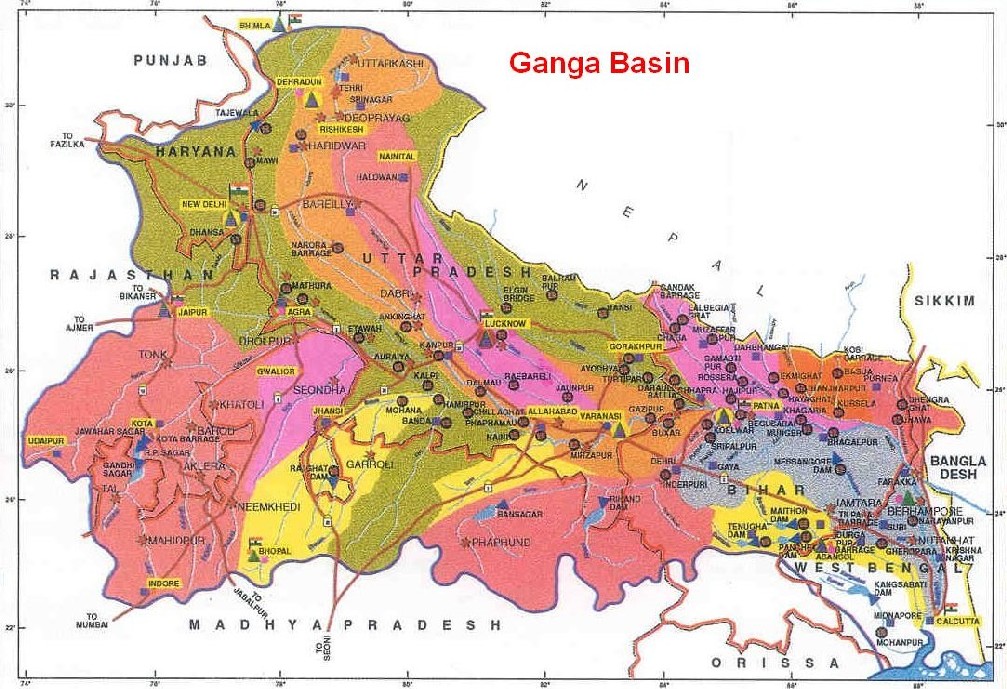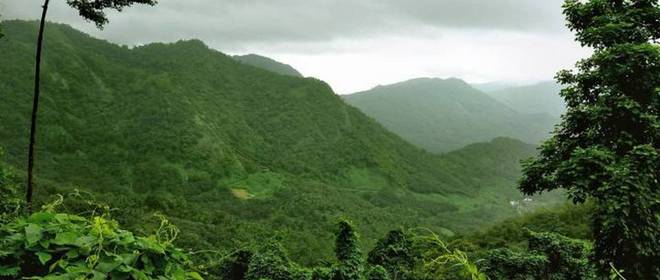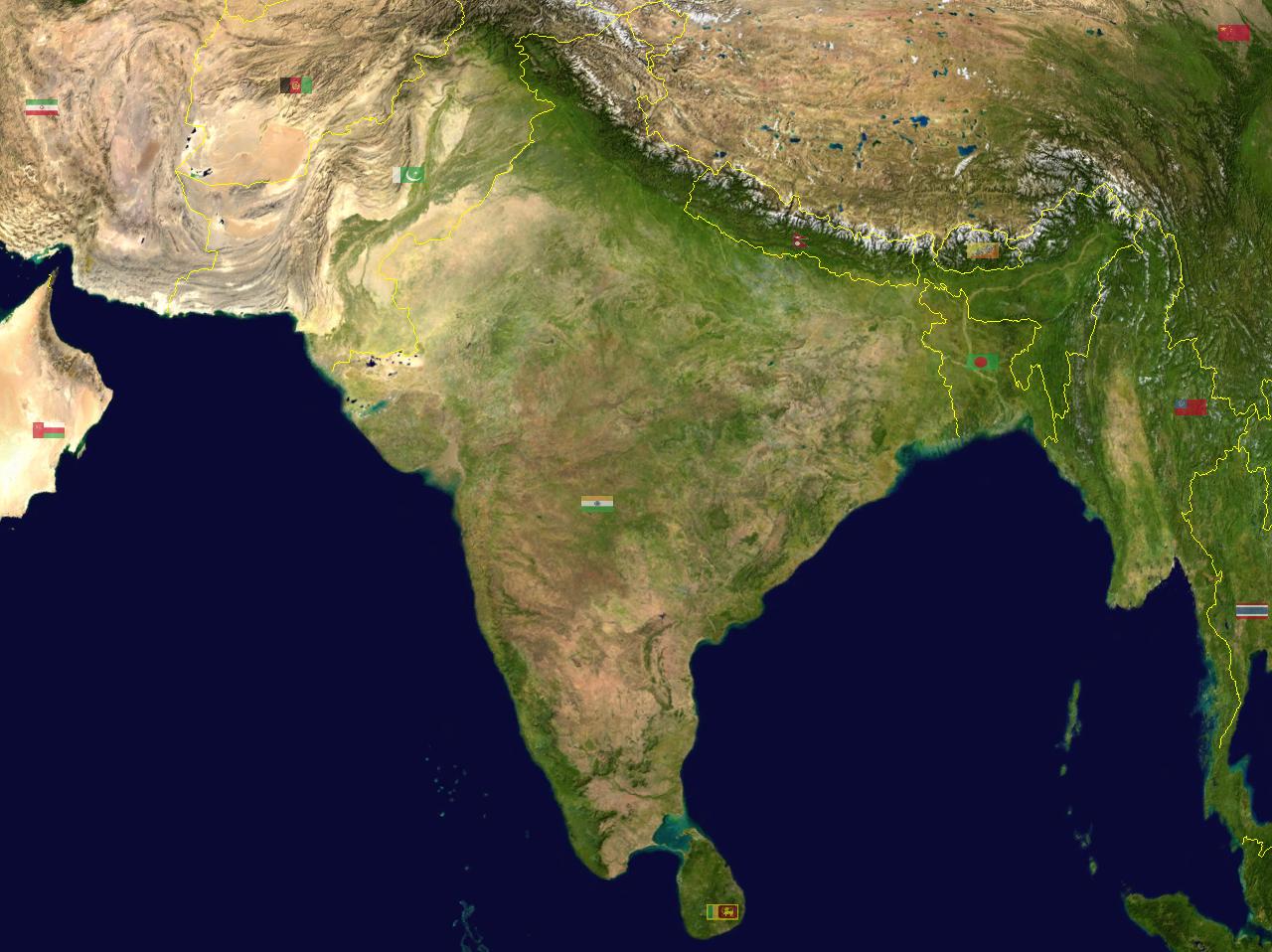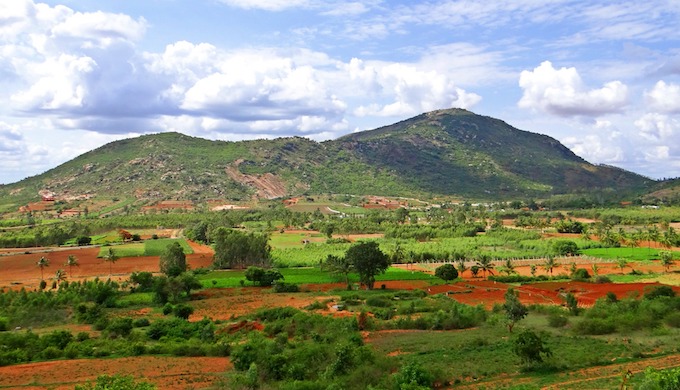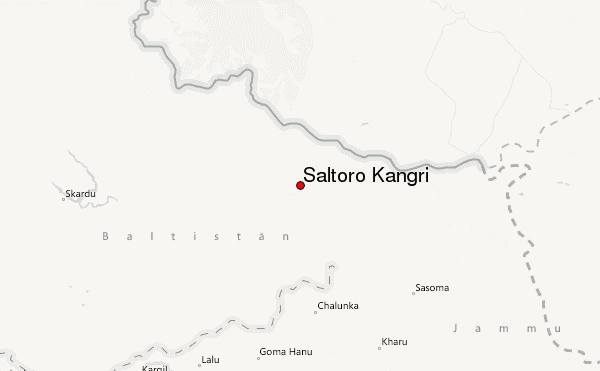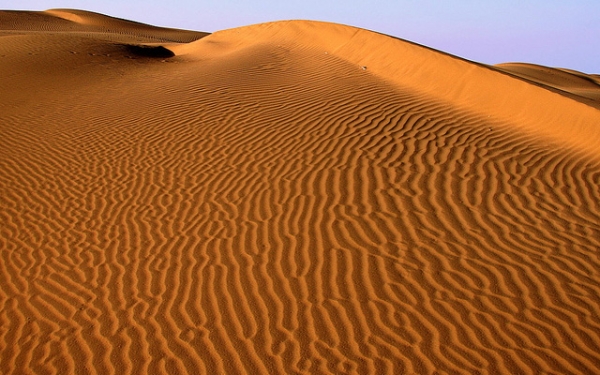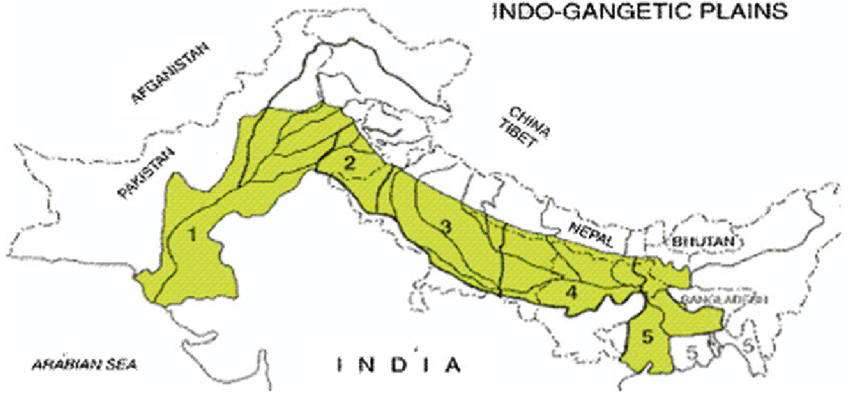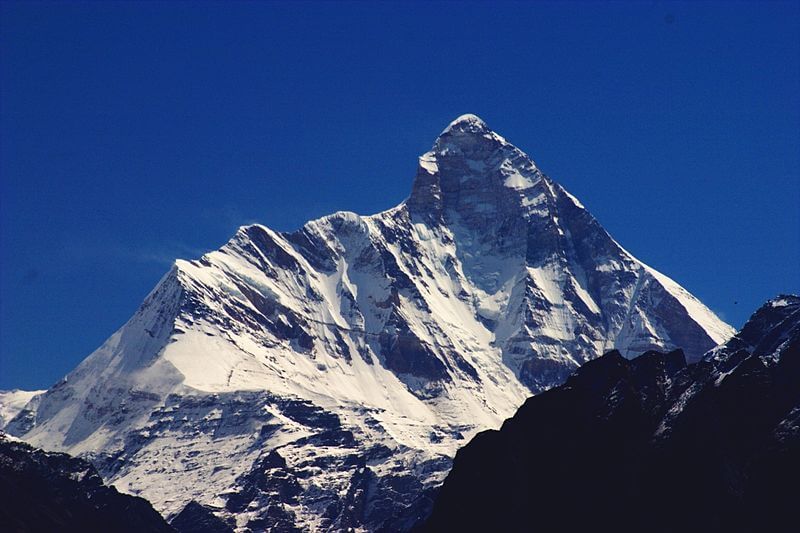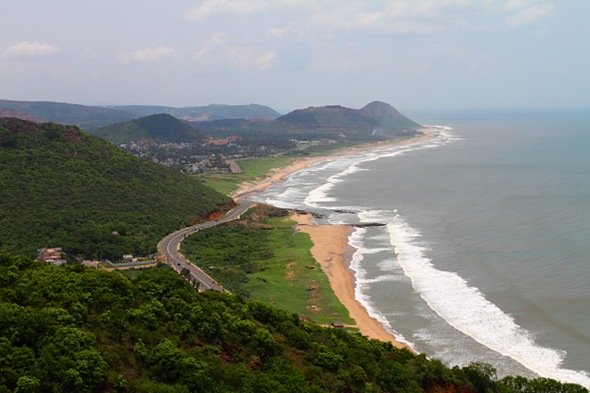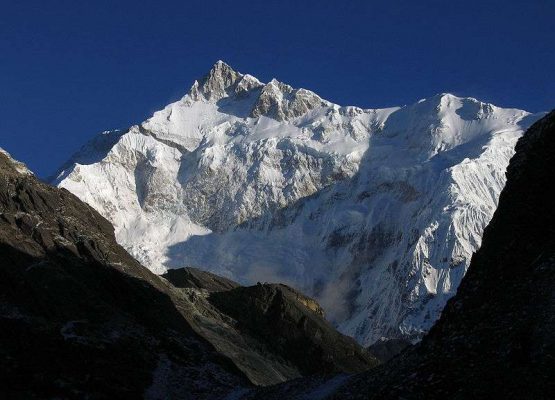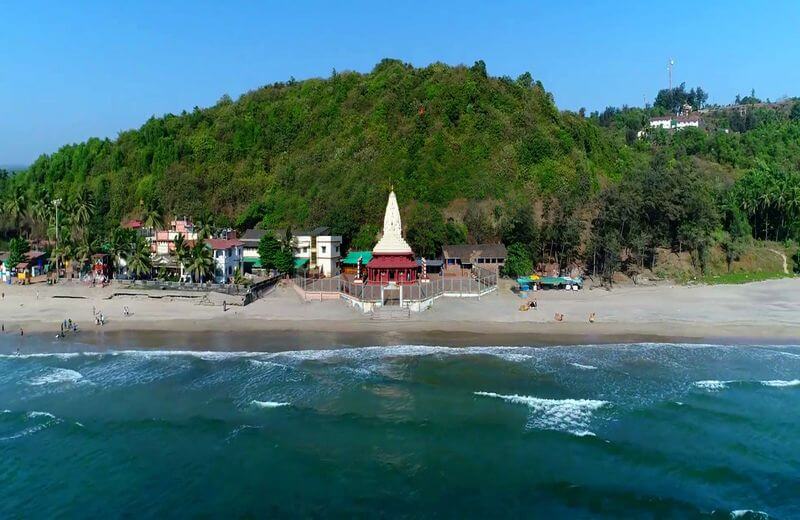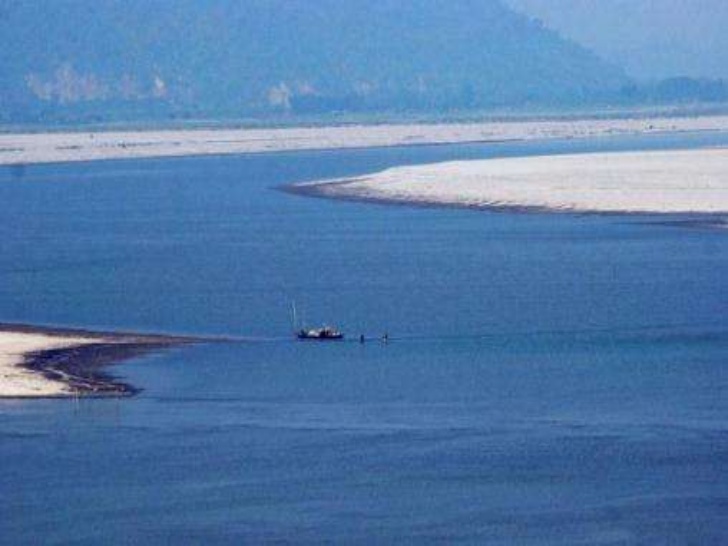- Home
- Geography of India
- Himalayas in India
Himalayas in India
Updated on 03-02-2021
Himalayas in India
Himalayas are the lofty mountains in the world which form the northern part of India. The Himalayas separate Indian sub continent from Tibet and the rest of Asia. Himalayas are part of 11 states and Union territories. The states include Jammu Kashmir, Ladakh, Himachal Pradesh, Uttarakhand, Sikkim, Arunachal Pradesh, Nagaland, Manipur, Mizoram, Tripura, Meghalaya, Assam and West Bengal.
From the thick forest to beautiful valleys with various climatic conditions makes us feel why the Himalayan ranges can be called as heaven on earth. Himalayas in Sanskrit means ‘Hima’ meaning snow ‘Alaya’ meaning temple; temple or abode of snow. Some of the highest mountain peaks in the Himalayas are located in India while others peaks are in Nepal or Bhutan. Himalayas is one of the most important geographical features of India.
Mount Everest which is part of the Himalayas is the tallest mountain on Earth, whose summit is 8,850 m above mean sea level. As on date, the highest known mountain on any planet in the Solar System is Olympus Mons on Mars at 21,171 m.
The Himalayas are spread across 5 countries namely India, China, Nepal, Bhutan and Pakistan. The Himalayan range that spreads over 2400 Km consists of the highest peak including the Mount Everest.
The Himalayan range is bordered by Karakorum in the North West, Hindu Kush in the North and Indo Gangetic plains in the South. Western most peak of Himalayan range is Nanga Parbat, lies just south of Indus River with ~ 400 Km width and the eastern most peaks is Namcha Barwa, just west of the Tsangpo river with width of 150 kilometres.
Housing the tallest mountain on earth, one would expect Himalayas to be one of the oldest mountain ranges but in fact, they are one of the youngest mountain ranges in the world.
History of Himalayas/Formation of Himalayas
Mountain is a huge land parcel that is higher than the surrounding area. Mountains are formed due to the movement of huge tectonic plates or by volcanic action. These forces – tectonic plate movement or volcanic action raise the surface of the earth gradually and such action over longer periods of time result in formation of mountains.
About 80 million years ago, India, which was part of the Indo Australian plate, was 6400Km south of the Eurasian plate. Between India and the Eurasian plate was the huge Tethys Ocean. The Indo Australian plate which consisted of Australia, Indian subcontinent and surrounding ocean was pushed northwards by the convection currents of earth. Himalayas are born as a result of collision between Indo-Australian plate and Eurasian plate
Read more about History of India
The Himalayan range principally consists of sedimentary and metamorphic rocks. Around 50 million years ago the Indo Australian plate completely closed the Tethys Ocean with sedimentary rocks.
The Tethys Ocean existed between the continent of Gondwana and Laurasia. Due to the deposition of land masses in to the Ocean from all sides, the ocean got completely closed. Today India, Pakistan, Indonesia and Indian Ocean cover the Tethys Ocean.
The Himalayas are still moving upwards due to the movement of Indian tectonic plate moving in a northward direction. The Himalayas are rising at an average of 1 cm every year
The three divisions of Himalayas
The Himalayas can broadly be divided into 3 ranges viz. Himadri - the greater Himalayas, the lesser Himalayas - Himachal and the Shivaliks
Northernmost part of the Himalayas are known as the greater Himalayas or Himadri. Most important and highest peaks such as Mount Everest, Nanga Parbhat, Kanchenjunga, Nanda Devi and Namch Barwa are present in this range. The average height of mountains in this range is 6000m.
Some of the important glaciers in this range are Siachien, Gangotri, Yamunotri. The range being northern most part and also having all highest peaks, the snow is dense in this range. As a result of this most important and sacred rivers such as Ganges, Indus and Yamuna are born in this range.
The lesser range of Himalayas lies to the South of greater Himalayas or Himadri. The altitude of the peaks in the lesser Himalayan range varies 3,700 - 4500 m. Pir Pangal, Dhauladhar, Mussorie range are some of the important mountain ranges in this range. This range also known for some of the important hill stations are Shimla, Nanital, Kullu, Manali. Some of the great valleys in this range are Kashmir Valley, Kullu Valley and Kangara Valley.
Read more about Geography of India
The Pir Pangal Range is a group of mountains that are in the Indian state of Himachal Pradesh and Jammu and Kashmir. The elevation varies from 1,400 m to 4,100 m.
The range is named after Pir Pangal Pass. Deo Tibba and Indrasan are two important peaks. Gulmarg one of the important Hill stations is located in Pir Pangal. Some of the important pass in Pir pangal include Pir Pangal Pass, Banihal Pass and Sythan Pass.
Another important range in lesser Himalayas is the Dhauladhar range. It rises from the Indian Plains to north of Kangra and Mandi. The highest peak in this range is the Hanuman Tibba. Major pass in this is the Indrahar Pass. Towards the west it divides Chenab Valley and the Tawi Valley.
The outer Himalayas or the Shivaliks are the youngest mountain also known as Manak parbhat during ancient times. The altitude of peaks in this range varies from 900 - 1100m. Shivalik hills are mainly composed of sand stones and conglomerate rocks.
The northern part of Shivalik hills are called as Mahabharata Range which rise steeply along the fault lines. These ranges are composed of sediments brought down by the rivers.
The valleys lying between Himachal and Shivaliks are called as Duns. Some of the important ranges are Jammu hills in Jammu and Kashmir, Dalfa, Miri, Abor, Patkai in Arunachal Pradesh.
Important Ranges
Some of the important ranges other than the Pir Pangal and Dhauladhar range are the Zaskar range, Ladakh and Karakoram range. These ranges are towards the northeast of Greater Himalayas. The Karakoram range divides India and central Asia.
Climatic conditions in Himalaya
Being the highest mountain range, the Himalayas is home to a variety of flora and fauna. The famous valley of hills/ Lohal Spiti valley is located in the Himalayas.
The Himalayas have always been a paradise as well as a great challenge to the mountain climbers around the world. It is a treat to the eyes of the tourist to watch such huge snow capped Himalayas.
As everyone knows flora and fauna in any region is mainly dependent on the climatic conditions and the amount of rainfall it receives. Most of the peaks in Himalayas with altitude more than 3,000 m the peaks of the mountains are always filled with snow due to the high altitude.
The climate is generally tropical at the base of the mountains. Due to the diversified weather conditions the flora and fauna are quite unique and change for every 1,000 m in altitude.
The Himalayan forests, which mainly exist in Shivalik range, consists of Oak, Birch, Pine, and Deodar. The combined effect of rainfall, temperature and altitudes influences the forest belt in the Himalayan region.
The Himalayan region mainly experiences the summer season and winter season. Ladakh is also called as the cold desert experiences very less rainfall.
The Ladakh region remains cold to freezing cold for most part of the year; however summers are cool and pleasant. At the foothills of the Himalayas the average temperature may be 30 degree Celsius in summer and around 16 degree Celsius in winter.
With the increase in altitude the temperature decreases and it becomes freezing cold. Climatic conditions can change very quickly at higher altitudes.
It can be said that the climatic conditions vary according to the altitude and location of the place. In some parts like the Ladakh, Jammu and Kashmir the minimum temperature goes below zero degrees
However whatever may the climate the mighty Himalayas keep the dry snowy winds from blowing into the sub continent which keeps South Asia warmer.
It also prevents the blowing away of the monsoon winds from India to Northwards to China. Thus Himalayas acts as a natural barrier from natural forces in preventing monsoon winds moving away from India/ protect the Indian subcontinent from icy cold winds from North.
Major peaks and other prominent peaks in India
name rank country height (m)
- Mount Everest 1 Nepal/Tibet 8,848
- K2 2 Pakistan/China 8,611
- Kanchenjunga 3 India/Nepal 8,586
- Nanda Devi 23 India(Uttarakhand) 7,816
- Kamet 29 India(Uttarakhand) 7,756
- Saltoro Kangri 31 India (Uttarakhand) 7,742
- Saser Kangri 35 India (J&K) 7,672
- Hardoel - India (Uttarakhand) 7,151
- Chaukhamba - India (Uttarakhand) 7,138
- Trishul - India (Uttarakhand) 7,120
- Neelakanth - India (Uttarakhand) 6,596
- Shivling - India (Uttarakhand) 6,543
Update on coronavirus in India
Affiliate Disclosure:
If you make any purchase via a link on this site, I may receive a small commission with no added cost to you.
